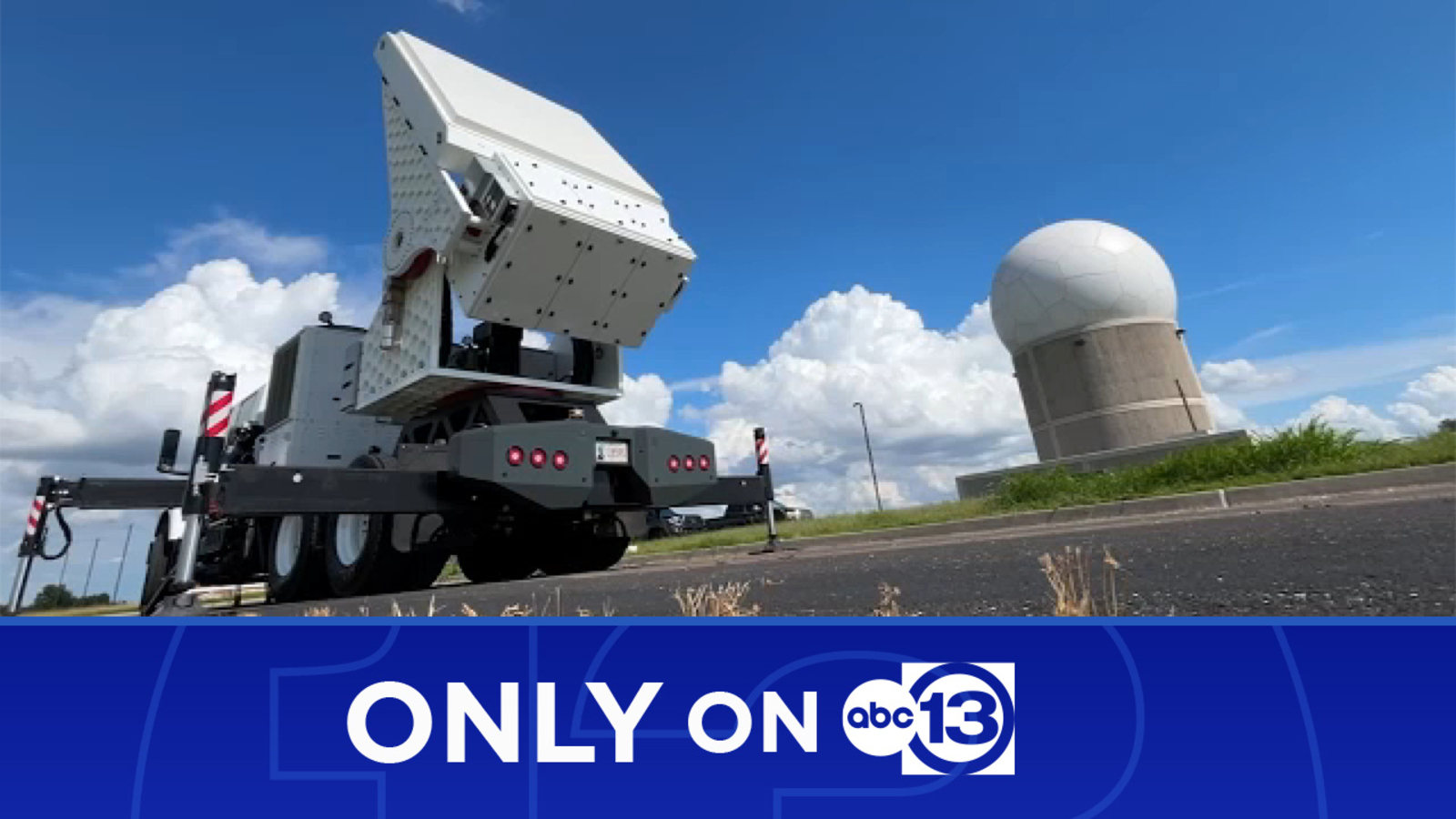Bernalillo County Sheriff's Office Embraces AI: More Officers on Patrol, But at What Cost?

The Bernalillo County Sheriff's Office (BCSO) is making a significant leap into the future, deploying cutting-edge artificial intelligence (AI) technology to improve efficiency and boost officer presence on the streets of Albuquerque and surrounding areas. This move, while promising increased public safety, has also sparked debate and raised important questions about the role of AI in law enforcement.
Boosting Officer Presence with AI
The implementation of AI isn't about replacing officers; rather, it's about freeing them up to focus on what they do best: interacting with the community and responding to critical incidents. The technology encompasses a range of applications designed to streamline operations. Real-time translation tools are proving invaluable in communicating with non-English speaking residents, fostering trust and ensuring everyone has access to vital information. Automated report generation is significantly reducing the paperwork burden on officers, allowing them to spend more time patrolling and engaging with the public.
Beyond the Basics: AI's Expanding Role
The BCSO’s AI initiatives extend beyond simple translation and report writing. Data analysis tools are being used to identify crime hotspots and predict potential incidents, enabling proactive policing strategies. Facial recognition technology, though controversial (more on that later), is being explored as a potential tool for identifying suspects and locating missing persons. The office is also investigating the use of AI-powered body cameras that can automatically flag critical moments during interactions, providing a more complete and objective record of events.
Hopes and Concerns: A Balancing Act
The potential benefits are undeniable: faster response times, improved communication, and a more data-driven approach to crime prevention. However, the integration of AI into law enforcement isn't without its challenges. Concerns about privacy, algorithmic bias, and the potential for misuse are paramount. The use of facial recognition technology, in particular, has drawn scrutiny from civil liberties groups who worry about the potential for misidentification and unwarranted surveillance.
“We understand these concerns are valid,” stated Sheriff John Allen in a recent press conference. “We are committed to transparency and accountability in the deployment of this technology. We are working closely with community stakeholders and legal experts to ensure that our AI systems are used responsibly and ethically, with appropriate safeguards in place to protect individual rights.”
Transparency and Oversight: Key to Public Trust
The BCSO's success in leveraging AI will depend heavily on its ability to build and maintain public trust. This requires a commitment to transparency – openly sharing information about how AI systems are used, the data they rely on, and the safeguards in place to prevent abuse. Independent oversight mechanisms, such as a community advisory board, can play a crucial role in ensuring accountability and addressing concerns. Regular audits of AI algorithms to identify and mitigate bias are also essential.
The adoption of AI by the Bernalillo County Sheriff's Office represents a significant shift in law enforcement practices. While the promise of increased efficiency and improved public safety is enticing, careful consideration of the ethical and societal implications is crucial. The coming months and years will be a critical test of whether AI can truly enhance policing while upholding the fundamental rights and freedoms of the communities it serves.






